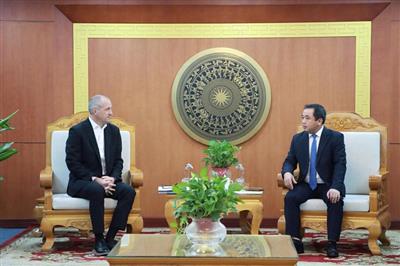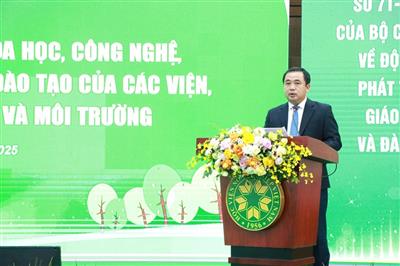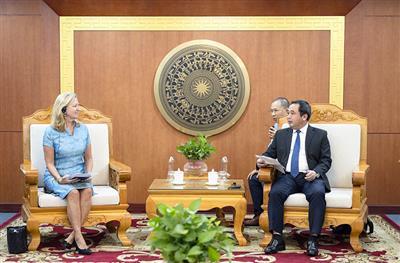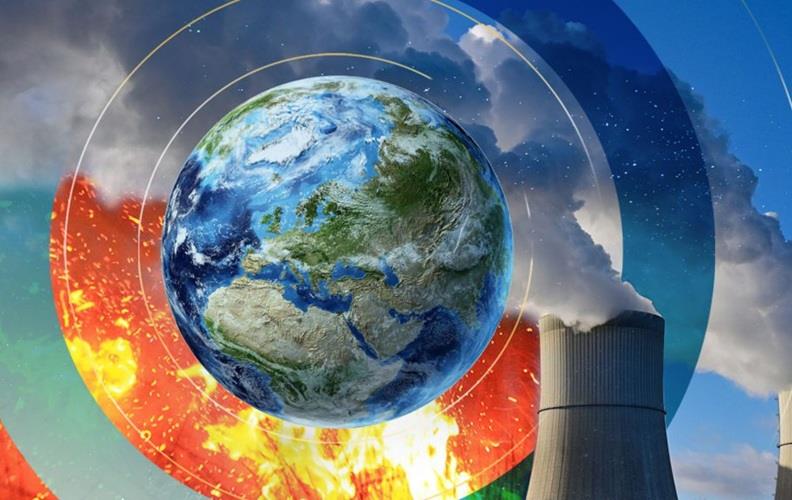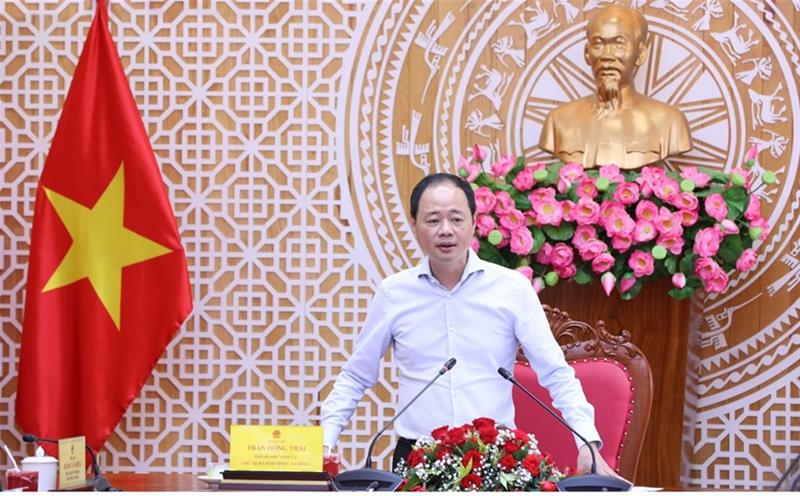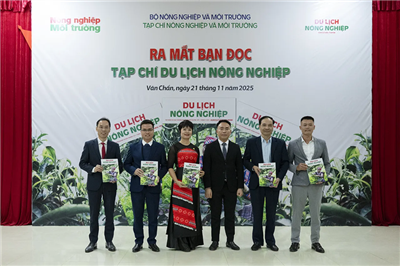
Gravity-driven water filtration system: A new hope for flood-affected communities
06/11/2025TN&MTIn response to the severe shortage of clean water following annual floods, a research team led by Do Sinh Cung and Do Khac Uan from the School of Chemistry and Life Sciences, Hanoi University of Science and Technology, has developed an innovative low-energy membrane filtration system. Operating entirely without electricity, the system enables residents in disaster-prone areas to access safe, hygienic water even under the most challenging conditions.
As climate change grows increasingly extreme, Vietnam continues to experience destructive storms, flash floods, and landslides, causing annual damages worth trillions of VND. When floodwaters rise, drinking water sources become contaminated, wells are submerged, and power systems are paralyzed, leaving communities unable to boil or pump clean water.
In many flood-stricken localities, people are forced to rely on floodwater or surface water from ponds and lakes for daily use, posing serious risks of waterborne diseases such as diarrhea, skin infections, and typhoid fever. Although emergency responses, such as distributing disinfectant tablets, bottled water, or mobile filtration units, have been implemented, these measures remain costly, logistically limited, and unsustainable in the long term.

Photographs of the structure, membrane types, and the low-energy membrane filtration system
To address this challenge, the research team developed a low-energy, gravity-driven membrane filtration system that combines scientific innovation with practical applicability. The system operates entirely by natural gravitational force, requiring no electricity, and is capable of purifying rainwater, floodwater, or submerged well water to meet the National Technical Regulation on Domestic Water Quality (QCVN 01-1:2024/BYT).
Compact, lightweight, and easy to install and maintain, the system works on the principle of gravity-driven filtration: raw water flows downward through a specially engineered membrane that captures suspended solids, microorganisms, and organic impurities. Over time, the membrane naturally forms a secondary biofilm layer, which enhances filtration efficiency. With only a modest height difference, households can operate the unit independently, without electrical power or chemical additives.
Beyond its emergency applications, this low-energy filtration technology supports broader sustainable development goals, ensuring public health and daily needs in disaster-affected regions, reducing reliance on fossil energy sources, and promoting local-scale production and replication at low cost.
With its durable, lightweight, and adaptable design, the system shows strong potential for widespread application across the Central, Northern, and Central Highlands regions, which frequently experience heavy rainfall and flooding.
According to the research team, this model marks an important step toward advancing low-energy water purification technologies in Vietnam. Once scaled up, it could help tens of thousands of flood-prone households secure safe water supplies, reduce the spread of diseases, and enhance community resilience to natural disasters.
The researchers emphasized that their ultimate goal is to provide a simple yet practical solution, enabling people to have clean water even when electricity is unavailable.
Viet Anh



